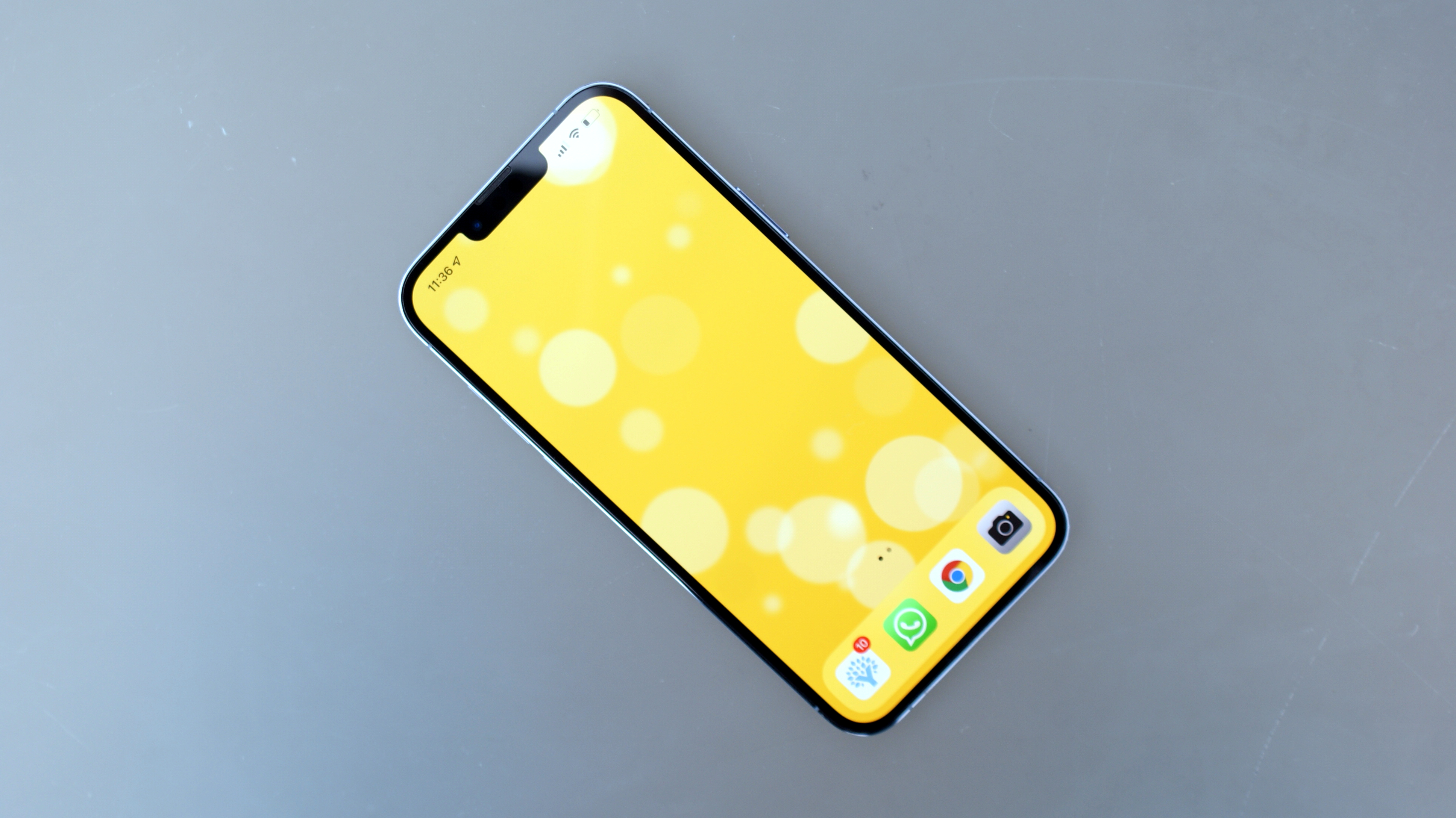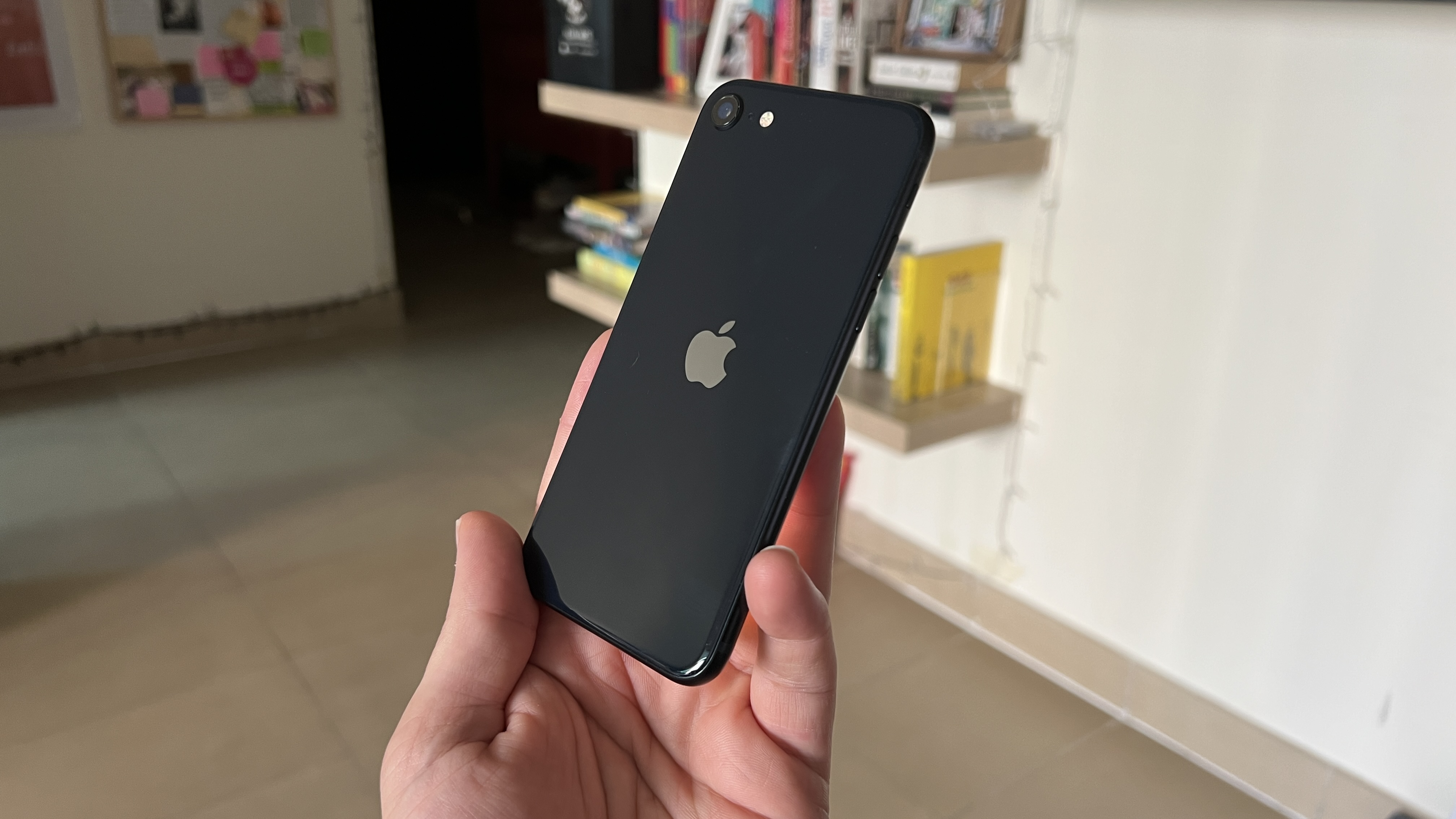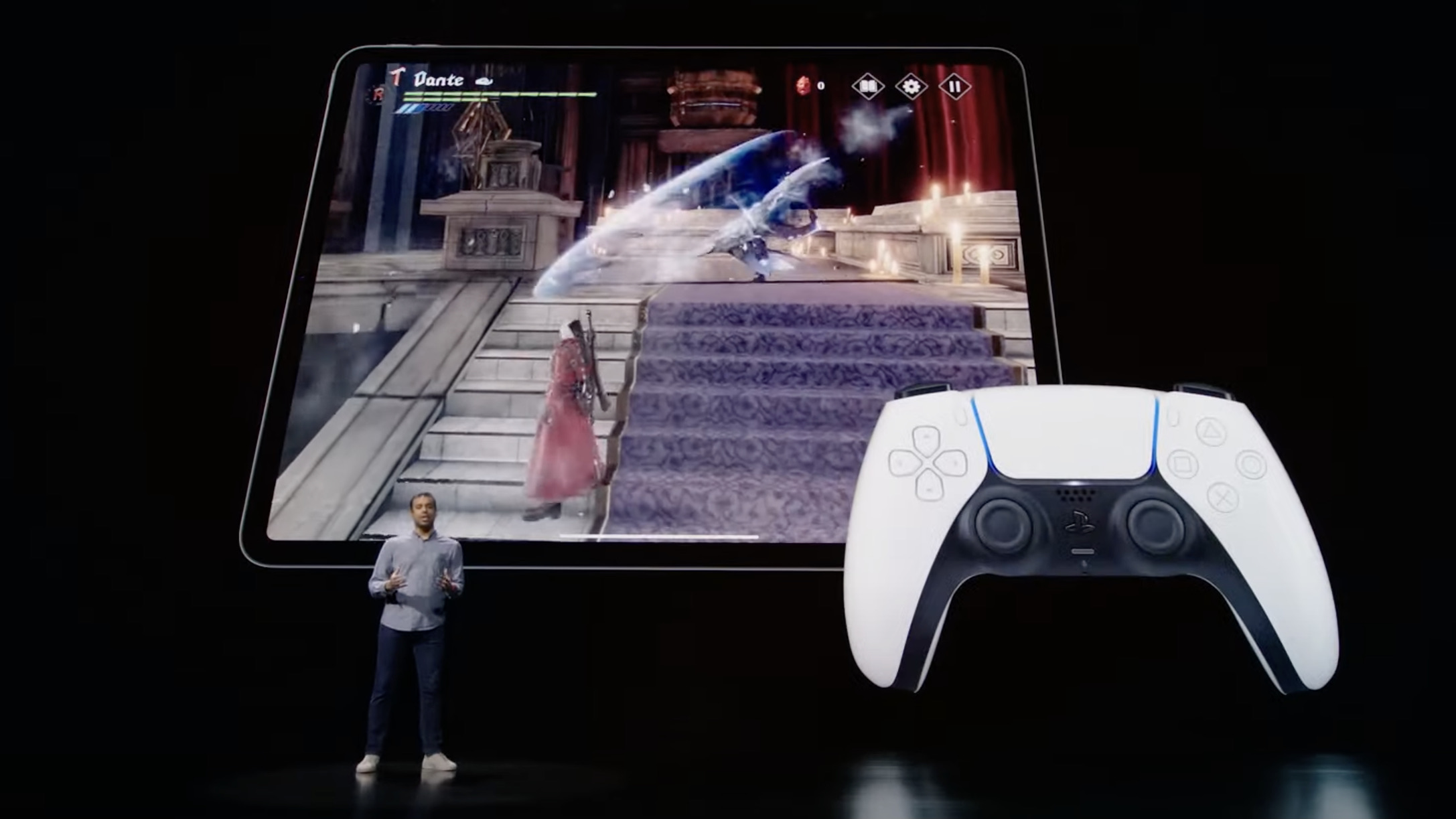A report broke last week about a new iPhone subscription service – according to Bloomberg, Apple is working on a way to get iPhones in your hands, without you having to pay a hefty one-off fee (or giving loads of money to cell companies).
This would apparently start with iPhones, but roll out to other Apple devices later down the road, and would let many more people get their hands on an iDevice, since it’s easier to break down the cost into monthly payments, rather than see it as one huge lump sum.
However since TechRadar’s team covered the news when it broke last week, I’ve been unable to stop scratching my head (no, it’s not headlice) – I just don’t understand what’s happening here.
It’s already a service
The main question I kept asking myself is: “isn’t that already a thing?”.
It is. Apple’s iPhone Upgrade Program lets you pay monthly to get your hands on a new iPhone – it starts at $30 or equivalent for the iPhone 13 mini, and goes up to $45 for the 13 Pro Max, and when the iPhone 14 comes out you’ll be able to upgrade to that.
At that price, you’re basically getting an iPhone for around 2/3 the cost of buying it outright for a year – but for many people, that’s a convenient way to do it.
Sure, that price doesn’t include your SIM card or connectivity, but depending on your network, that doesn’t cost too much more.

And that’s not the only option you have, if you want to ‘subscribe’ to an iPhone – ever heard of a thing called ‘carrier plans’?
Yep, one of the oldest concepts in smartphone history let you pay a fee every month in exchange for a smartphone – sure, they’re not exactly comparable in terms of price, but in terms of concept, they absolutely are.
Is this a case of Apple re-inventing something that already exists?
So rumors of Apple’s ‘new’ subscription service have me a little confused – how is this any different to the myriad similar services out there?
The whole package
Apple is already way too fond of its subscription services, having approximately 10 million of them. There’s Apple Fitness, TV Plus, iCloud+. Arcade, Music – the list goes on (okay, not to 10million, but there are too many to easily remember).
Apple One is the overarching subscription service for if you want them all, which subscribes you to loads of other subscription services (PSA: if you’re getting sick of the phrase ‘subscription service’ now, we don’t recommend reading the rest of this article on subscription services).

The company could add iPhones as another notch to its belt by weaving them into the existing packages – perhaps a new tier of Apple One could get you a new iPhone as well as Arcade and Music, or a new iPad alongside TV Plus, or an Apple Watch paired with Fitness.
It could also be a hardware-only scheme, netting you an iPhone, Apple Watch and iPad all in one bundle, for the ultimate Apple fan.
Whichever way you spin it though, this option wouldn’t exactly be cheap – we’re talking several hundreds of dollars leaving your account each month to just get the latest hardware, if that’s what comes to pass.
And that’s a problem, given how many subscription services are vying for your attention.
Ownership vs loanership
TechRadar’s Editor in Chief, Gareth Beavis, pointed out to me that this iPhone subscription service could just be a phone hire purchase scheme, where you contribute over time until you’ve paid off the cost of your iPhone.
This is a common thing for personal vehicles – well, I’ve been told, but I’m under 30 so won’t ever get to experience it. But I don’t think that’s what Apple would go for.

The current iPhone Upgrade Program doesn’t offer you the phone to keep once you’ve paid off its fee – you keep changing devices, and keep paying Apple, essentially on a leasing scheme.
A hire purchase model doesn’t fit into the subscription scheme that we’re used to – other than vehicles, how often do you get to rent something for money, then keep it afterwards?
Do I get to keep my Xbox Games Pass games when I’ve subscribed long enough? Or my favorite Netflix films when I’ve watched them enough times? That’s actually even the case for vehicles now – some electric vehicles can be bought on permanent lease, where you’re constantly paying for the privilege of driving them.
You don’t really buy things anymore – you subscribe to them and lose them when you want to stop paying. You spend for access, not ownership. That’s where capitalism has pushed us, and I don’t see Apple bucking this trend.
Subscription burnout
There are far too many subscription platforms around these days – a problem which a new iPhone subscription plan would contribute to. Sure, this isn’t a new thing by any means – there’s evidence that news subscription services were used as early as the 16th Century in Germany – but it’s hard to deny that there’s been a recent rise in the ‘pay little and often’ means of buying things.

But when does it end? At what point do we say “I’ve got too many services, I don’t need another one”?
It can’t be far off – I recently reached my limit, canceling my Playstation Plus (mainly because it’s gotten a bit rubbish, as my colleague eloquently explains here), and I think it’s just the first in a big personal purge.
Of course, since you’re not putting as much thought into what you spend on, this is great for the companies, and that could help Apple get more of its expensive smartphones into buyers’ hands.
It would also help with buyers’ remorse, as you could realize you’ve got Apple crazy and then just give it all back and watch your bank balance return to health. Yes, you’ve already spent and own nothing, and you can’t now sell anything to recoup it, but it means that you can try things out much easier.
But with many other iPhone and smartphone subscription services already existing, and the busy landscape of subscription services greatly reaching tipping point, I’m struggling to understand – or get excited for – another Apple one.





















